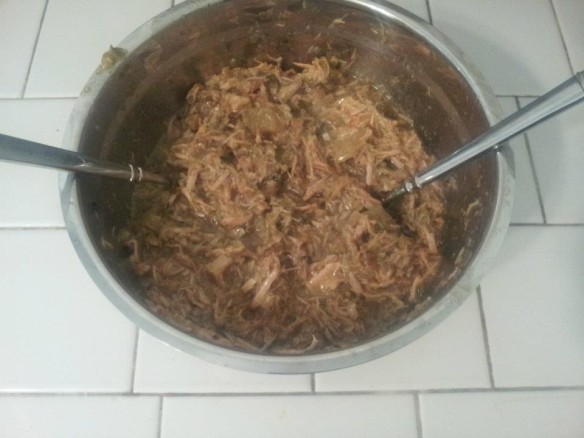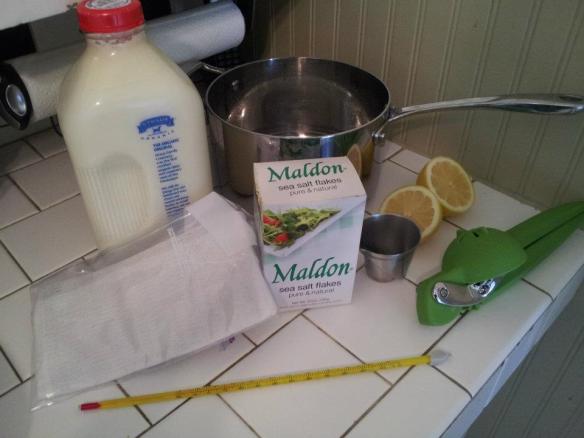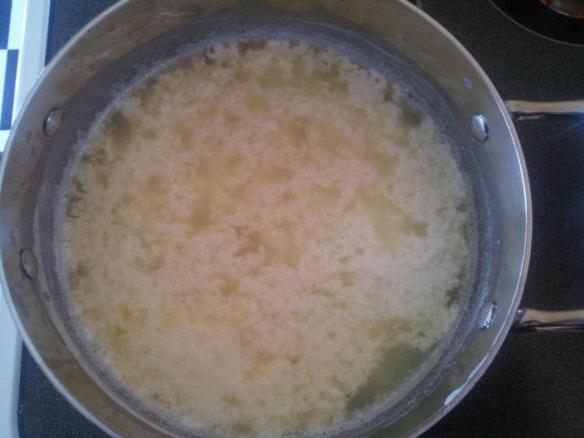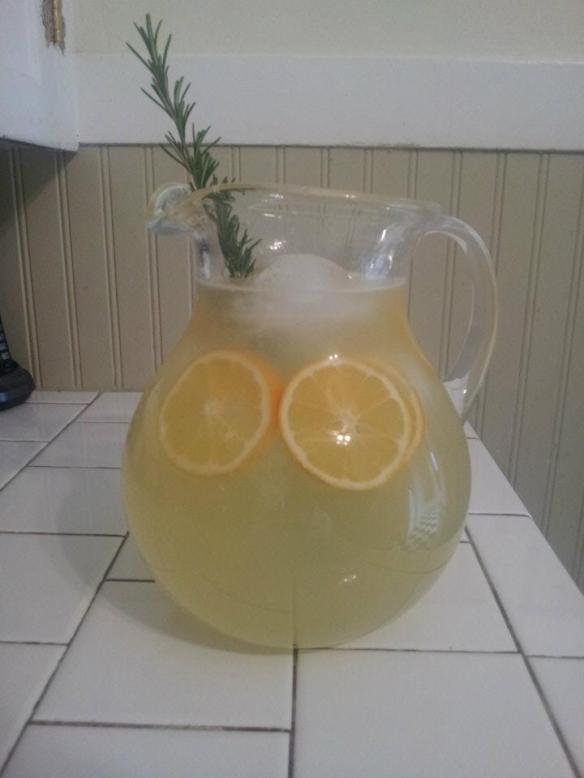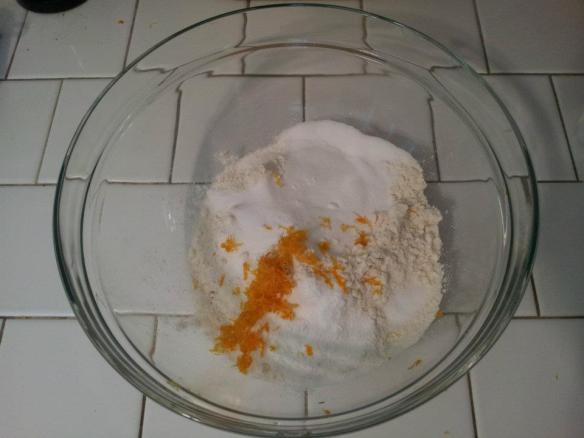Back in the day, I was a vegetarian for 6 or 7 years. Then one day I was at a farmer’s market in Walla Walla, Washington with one of my best friends and she told me that she was eating the best thing she had ever tasted. That thing was a freshly made pork sausage with sweet onions, all locally sourced. I took a bite and declared that I was no longer a vegetarian.
My point is that if there was ever a reason for eating meat, it’s pork. Pork is delicious! It is also incredibly versatile, running the gamut from decadently fatty bacon (which I like to think of as the candy of meats) to lean and healthy tenderloin. The tenderloin does get less healthy when you wrap it in bacon like I usually do, but that is beside the point. I still eat vegetarian a good chunk of the time (because vegetables are awesome), but every once in a while pork really sounds good. And by every once in a while I mean this week.
I had about 3.5 pounds of pork tenderloin in my freezer that needed to be used and when my husband said he was in the mood for Mexican food, I hit upon the perfect solution: chile verde. Chile verde is basically a stew with pork, various peppers, garlic, and tomatillos. It can be eaten straight up in stew form or used as a taco filling. It is also a perfect slow cooker recipe.
I used this recipe from the Food Network as the basis for my chile verde, although I made a few alterations. For one thing, I love the flavor of roasted chiles, so I roasted all the peppers along with the tomatillos. I took before and after pictures of this but then accidentally deleted them from my camera. Doh! It was pretty straightforward, though. I just cut all the peppers into chunks and threw them under the broiler on a sheet pan. Another alteration I made was whirring the tomatillos in the food processor rather than chopping them. Also, after I sauteed the vegetables I deglazed the pan with tequila. Then everything went into the crock pot.
I set it for 3 hours on high, but you could also set it for ~6-8 hours on low and it would work fine. At this point you could call it done and serve it as a stew. We wanted it for tacos, however, so I strained out the solids using a colander.
Then I pulled out all the pork pieces and shredded them using two forks.
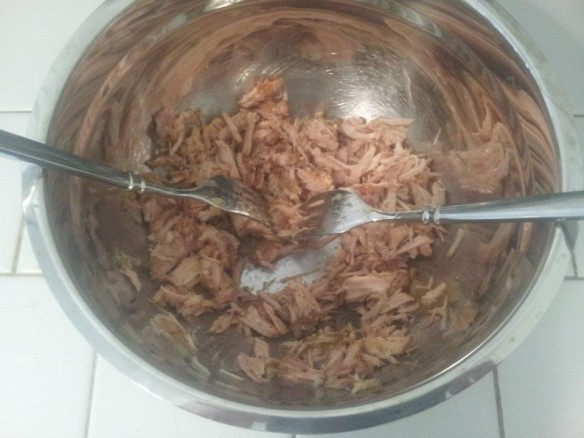
Once all the pork was shredded, the peppers and onions got added back in. I also added a little of the broth to give it some moisture (I reserved the rest of the broth for tortilla soup). Once that was done, I did a final seasoning and called it good.
We’ve been eating this as a taco filling with corn tortillas, fresh lime, cilantro, & a little jack cheese and it is awesome! It’s also really good with eggs for sort of a huevos rancheros style breakfast.
Do you like to use a slow cooker? What are your go-to recipes?



